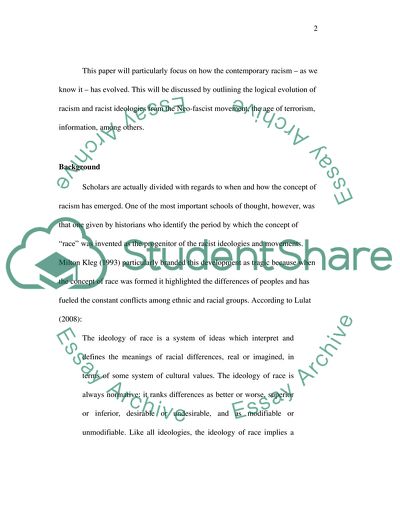Cite this document
(What are the Defining Features of Racist Movements and Ideologies Case Study, n.d.)
What are the Defining Features of Racist Movements and Ideologies Case Study. Retrieved from https://studentshare.org/social-science/1747726-what-are-the-defining-features-of-racist-movements-and-ideologies
What are the Defining Features of Racist Movements and Ideologies Case Study. Retrieved from https://studentshare.org/social-science/1747726-what-are-the-defining-features-of-racist-movements-and-ideologies
(What Are the Defining Features of Racist Movements and Ideologies Case Study)
What Are the Defining Features of Racist Movements and Ideologies Case Study. https://studentshare.org/social-science/1747726-what-are-the-defining-features-of-racist-movements-and-ideologies.
What Are the Defining Features of Racist Movements and Ideologies Case Study. https://studentshare.org/social-science/1747726-what-are-the-defining-features-of-racist-movements-and-ideologies.
“What Are the Defining Features of Racist Movements and Ideologies Case Study”, n.d. https://studentshare.org/social-science/1747726-what-are-the-defining-features-of-racist-movements-and-ideologies.


